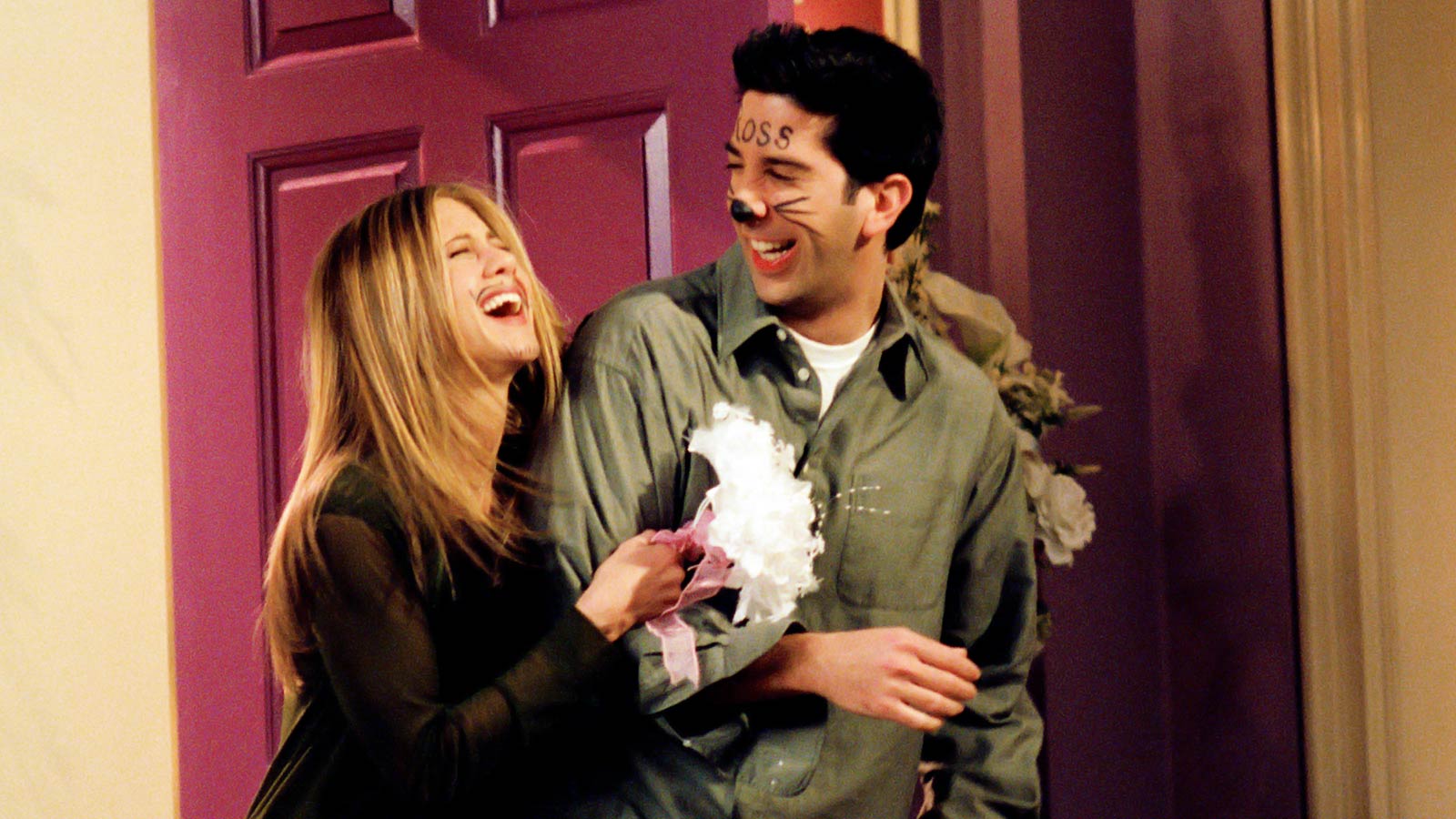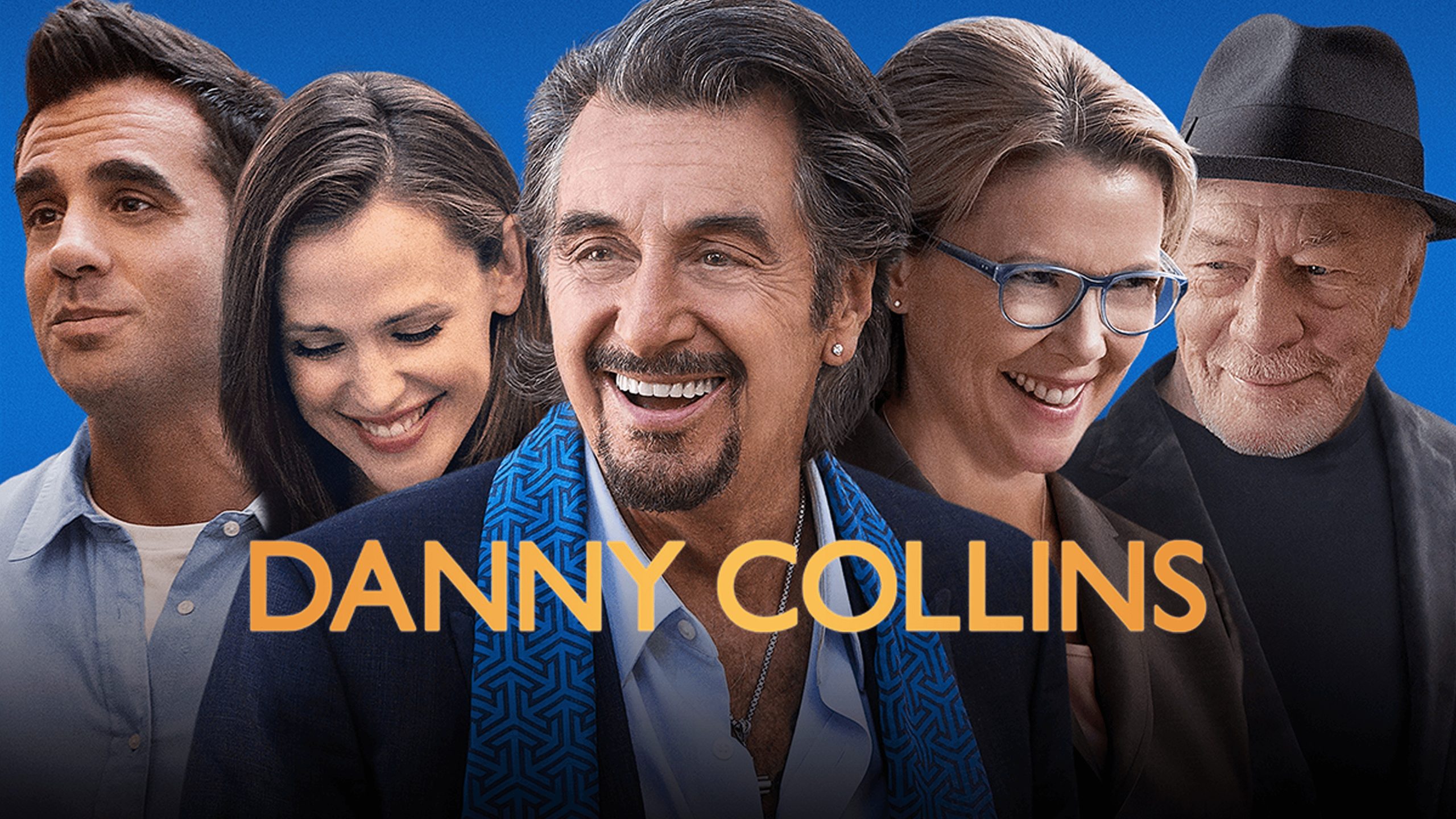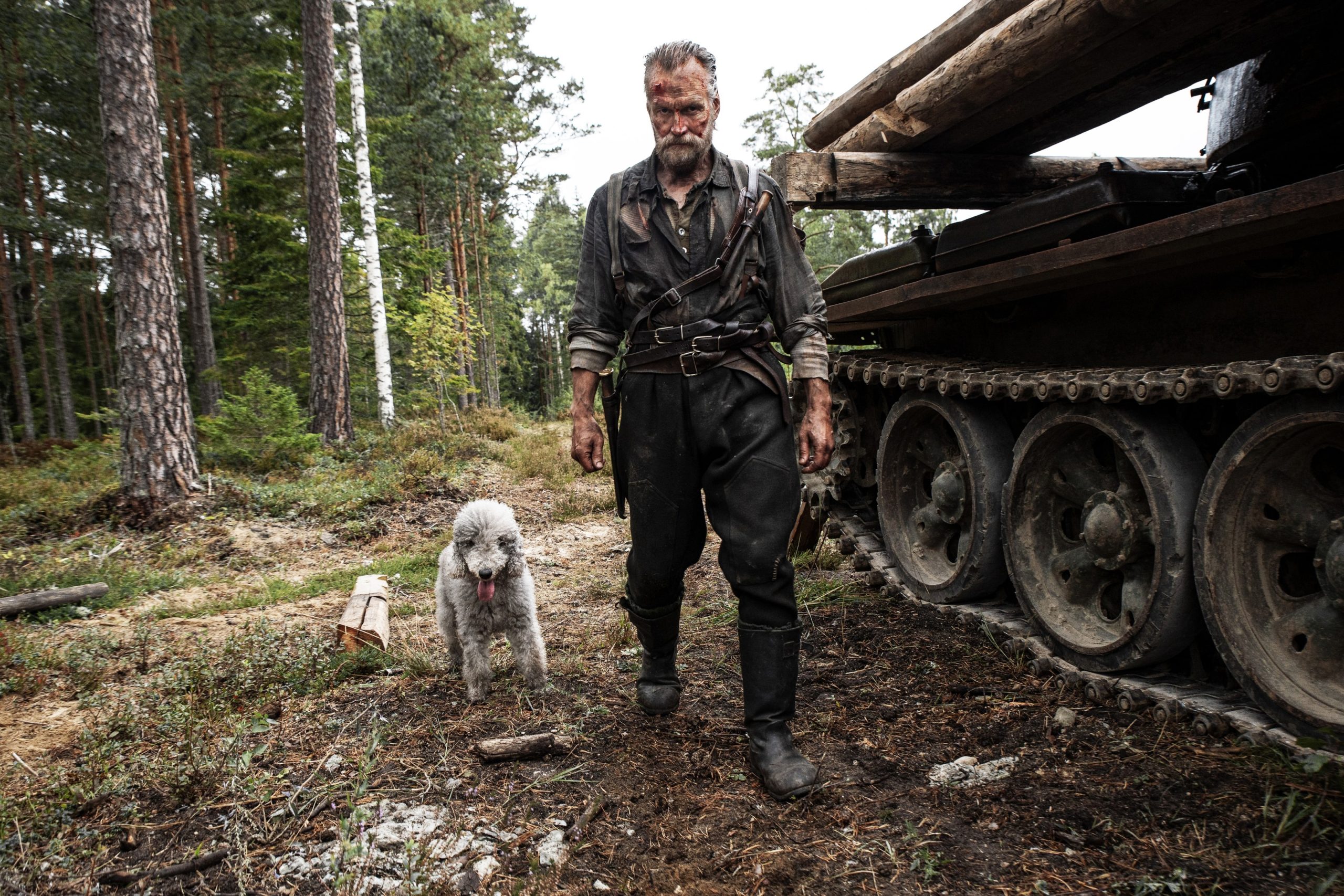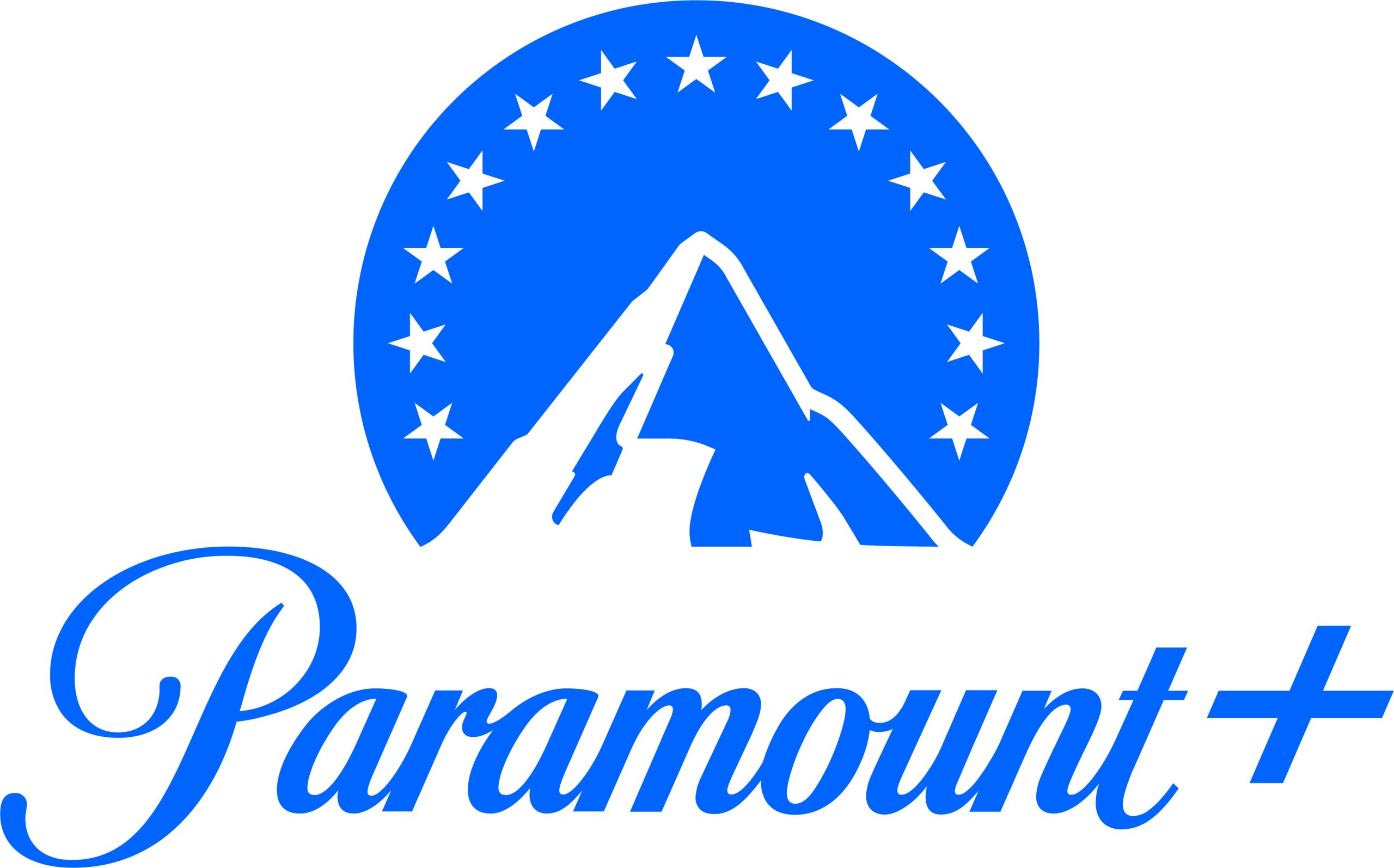
The task of turning our favorite books into a movie is an act of precarious balance between creativity and practicality. While books can afford to fill in complicated plots, detailed characters, and settings that offer readers the opportunity to truly connect to the material, movies take all that richness and distill it into a well-crafted, visual experience-usually no longer than a couple of hours. This shift demands tough decisions, from condensing lengthy narratives to choosing which of your favorite moments make it to screen, all while staying true to the essence of the story. Much like creating the perfect inclave casino login, the process requires attention to detail and a seamless transition that appeals to diverse audiences.
Another challenge is meeting the expectations of different audiences. Fans of a book typically expect an adaptation that will faithfully reflect their imagination, while those new to the story will judge the movie based on its stand-alone merit. Filmmakers must navigate these juxtaposed perceptions by balancing faithfulness to the source material with cinematic innovation. When well achieved, such a balance can transform a literary masterpiece into a celebrated film or turn it into an alienating disaster for readers and moviegoers alike.
Staying True to the Source Material
Transforming a book into a film is challenging, requiring careful balancing faithfulness to the source material with the constraints of cinematic storytelling. A movie’s limited runtime often necessitates compressing complex narratives, which can result in the removal of secondary characters, subplots, or detailed descriptions that made the book so immersive. While these changes are essential for creating a coherent and engaging film, they can spark criticism from dedicated fans who feel the adaptation fails to capture the essence of the original story fully.
Key considerations in adapting books into a movie include:
- Streamlining the narrative: Filmmakers must simplify intricate plots, focusing on the main storyline to ensure clarity and avoid overwhelming audiences with excessive details.
- Preserving emotional depth: Even with time constraints, adaptations must retain the emotional resonance of key moments to connect with both fans and new viewers.
- Maximizing visual storytelling: Filmmakers need to translate written descriptions into compelling visuals, leveraging cinematography and special effects to bring the book’s world to life.
These steps highlight the intricate decisions required to transform a literary work into a cinematic experience. A successful adaptation must respect the story’s essence while embracing the unique capabilities of film as a medium.
Visualizing the Imaginary
Whereas the latter allow their readers to make characters, settings, and events personal by creating a very personal relationship with the story, movies have to provide just one version of how the story should look and leave little to the viewer’s imagination. Indeed, translating abstract or fantastic elements from text into visual form often stretches filmmakers to their creative limits. Further complication is added by the requirement to be faithful to the source material while pleasing contemporary audiences. The wrong casting, design, or execution can tip the delicate balance that will alienate the fans who hold the original work dear.
Aside from the creative challenges, filmmakers have to consider the technological and cultural contexts of their adaptations. While advances in visual effects have made even the most impossible worlds plausible, these tools must be used with great care to enhance, not overwhelm, the story. Similarly, modern audiences often expect updated themes or diverse representation that can require subtle shifts from the original material. Navigating these pressures well will ensure this adaptation, while loyal to its core fans, also appeals to a wider audience and becomes timeless in cinematic terms.
The Constraint of Time
While books can take their time to build a story, movies are restricted by runtime. This limitation forces filmmakers to prioritize certain storylines while cutting others. As a result, some adaptations can feel rushed or incomplete, leaving viewers—especially fans of the book—unsatisfied. Finding a way to convey the essence of a novel within a limited timeframe is one of the greatest challenges in the adaptation process.
Balancing Audience Expectations
Adapting a popular book into a movie is a complex task that requires balancing the expectations of loyal readers with the need to captivate new audiences. Fans of the original work often hope to see their favorite characters and moments faithfully recreated, but the realities of filmmaking demand selective choices to ensure proper pacing and engaging visual storytelling. At the same time, the movie must function as a standalone narrative, delivering a coherent and compelling experience for viewers unfamiliar with the book.
To achieve this balance, filmmakers face several critical challenges:
- Condensing the story: Long, detailed narratives must be shortened without losing the core essence of the plot or the emotional depth of the characters.
- Selecting key moments: Deciding which scenes to include and which to omit is essential to maintaining focus and avoiding unnecessary complexity in the story.
- Enhancing the visual experience: Books rely on description, while films must use cinematography, sound, and visuals to immerse audiences in the story’s world.
These factors play a significant role in shaping the adaptation process, requiring careful planning and creative solutions. A successful adaptation strikes a balance between respecting the source material and embracing the unique strengths of cinema. By navigating these challenges thoughtfully, filmmakers can create movies that honor the book while standing as engaging works of art in their own right.







